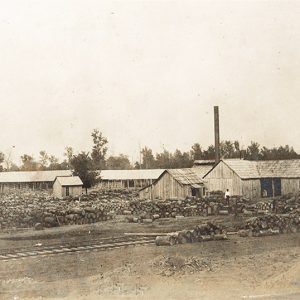 Lasater and Bailor Stave Mill
Lasater and Bailor Stave Mill
Entry Type: Place - Starting with L
 Lasater and Bailor Stave Mill
Lasater and Bailor Stave Mill
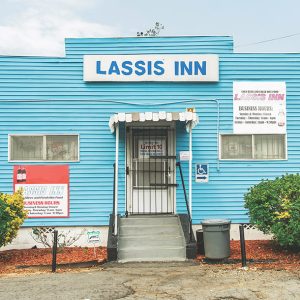 Lassis Inn
Lassis Inn
 Latimore Tourist Home
Latimore Tourist Home
Lavaca (Sebastian County)
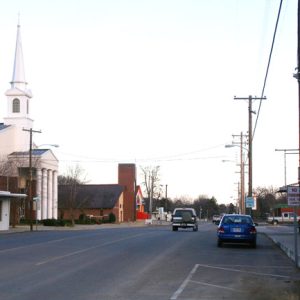 Lavaca Street Scene
Lavaca Street Scene
Lawrence County
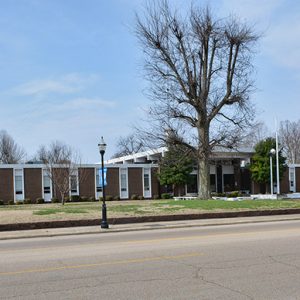 Lawrence County Courthouse
Lawrence County Courthouse
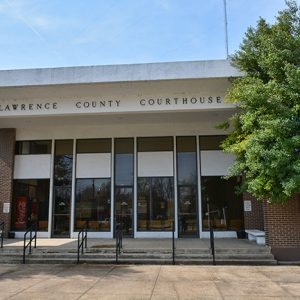 Lawrence County Courthouse
Lawrence County Courthouse
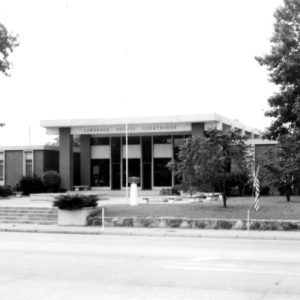 Lawrence County Courthouse
Lawrence County Courthouse
Lawyers’ Row Historic District
Leachville (Mississippi County)
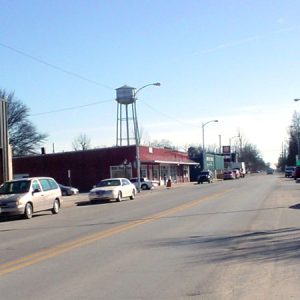 Leachville Street Scene
Leachville Street Scene
Lead Hill (Boone County)
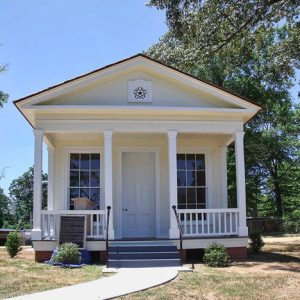 Leake-Ingham Library
Leake-Ingham Library
 Cal Ledbetter Campaign Headquarters
Cal Ledbetter Campaign Headquarters
Lee County
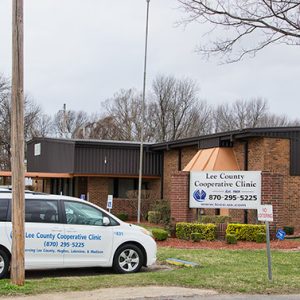 Lee County Cooperative Clinic
Lee County Cooperative Clinic
 Lee County Courthouse
Lee County Courthouse
 Lee County Courthouse
Lee County Courthouse
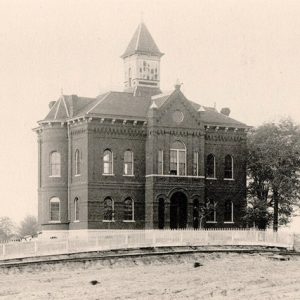 Lee County Courthouse
Lee County Courthouse
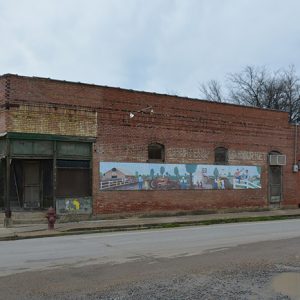 Lee Grocery Store
Lee Grocery Store
 Lee Wilson & Co.
Lee Wilson & Co.
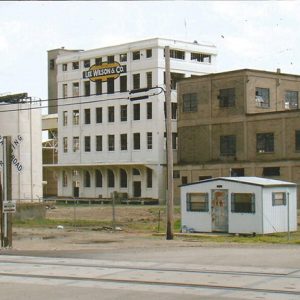 Lee Wilson & Company
Lee Wilson & Company
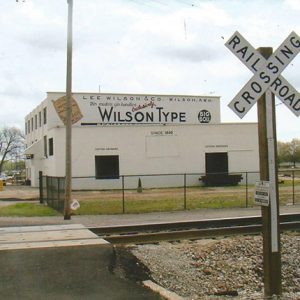 Lee Wilson & Company
Lee Wilson & Company
 Haeng Ung Lee Memorial
Haeng Ung Lee Memorial
 Lee's Chapel
Lee's Chapel
Lenox (Clark County)
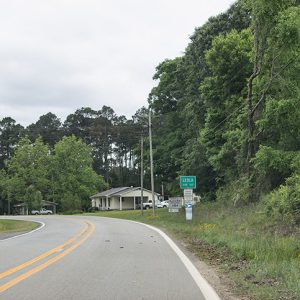 Leola
Leola
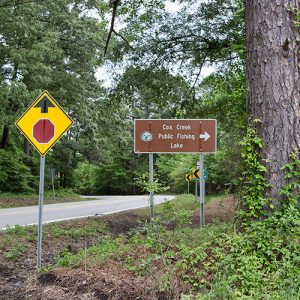 Leola
Leola
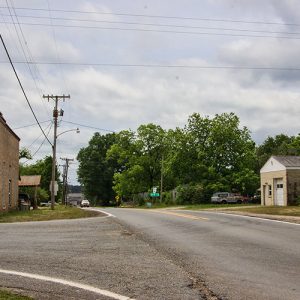 Leola
Leola
Leola (Grant County)
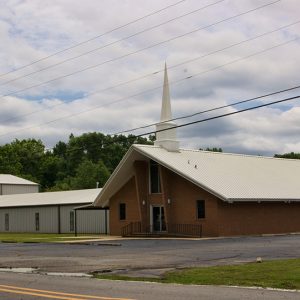 Leola Baptist Church
Leola Baptist Church
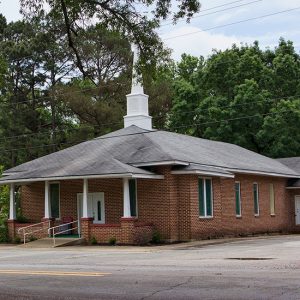 Leola Methodist Church
Leola Methodist Church
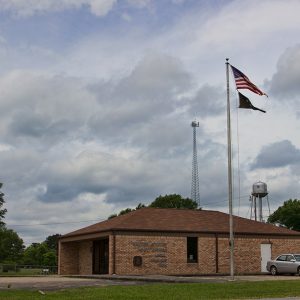 Leola Post Office
Leola Post Office
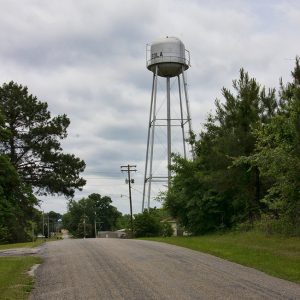 Leola Water Tower
Leola Water Tower
Lepanto (Poinsett County)
 Lepanto Museum
Lepanto Museum
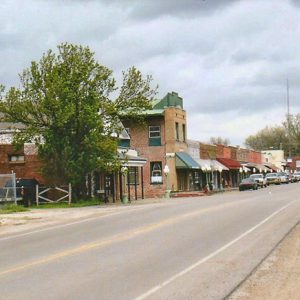 Lepanto Street Scene
Lepanto Street Scene
Leslie (Searcy County)
 Leslie Depot
Leslie Depot
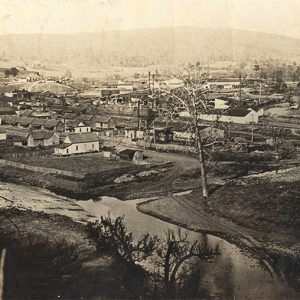 Leslie Manufacturing District
Leslie Manufacturing District
 Leslie Overlook
Leslie Overlook
 Leslie Street Scene
Leslie Street Scene
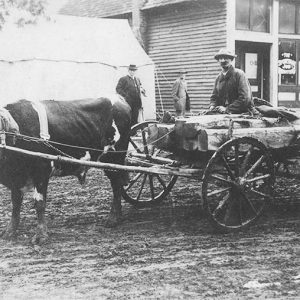 Leslie Street Scene
Leslie Street Scene
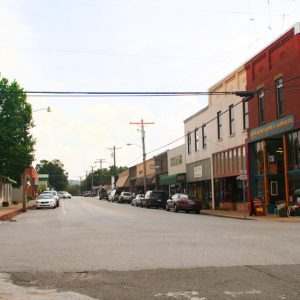 Leslie Street Scene
Leslie Street Scene
Lester (Ouachita County)
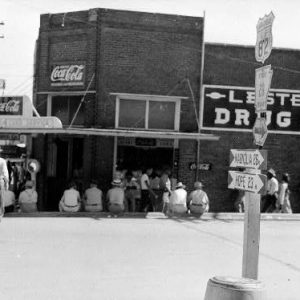 Lester Drug Company
Lester Drug Company
Letona (White County)
 Letona, 1915
Letona, 1915




